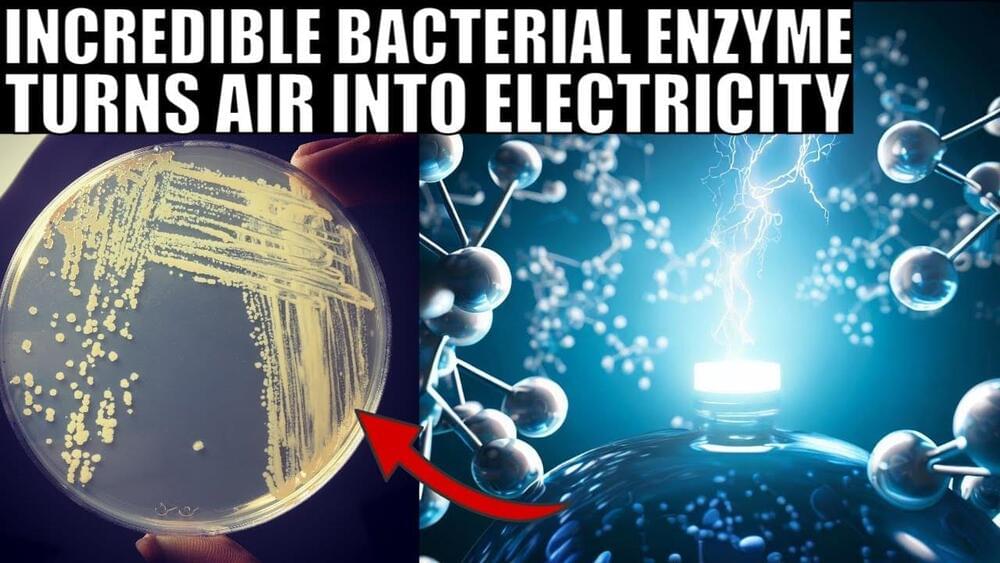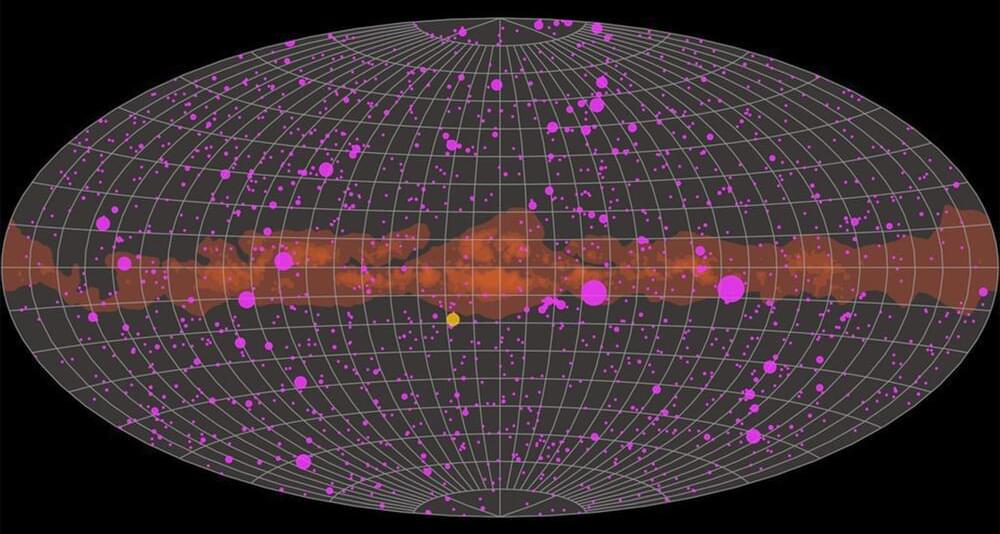Mar 24, 2023
Enzyme That Creates Energy From Air Is Sort of Groundbreaking
Posted by Jose Ruben Rodriguez Fuentes in categories: bitcoin, cryptocurrencies, energy
Get a Wonderful Person Tee: https://teespring.com/stores/whatdamath.
More cool designs are on Amazon: https://amzn.to/3wDGy2i.
Alternatively, PayPal donations can be sent here: http://paypal.me/whatdamath.
Hello and welcome! My name is Anton and in this video, we will talk about a potential discovery of a new way to generate energy using an unusual protein found in bacteria.
Links:
https://theconversation.com/electricity-from-thin-air-an-enz…ere-200432
https://www.nature.com/articles/s41586-023-05781-7
#bacteria #energy #enzymes.
0:00 Source of electricity we currently use.
3:15 New discovery: incredible enzyme from bacteria.
4:07 More about the Mycobacterium.
5:20 Enzyme that they use to generate energy.
6:50 More about the protein and what it could do for us.
8:45 Additional questions.
Continue reading “Enzyme That Creates Energy From Air Is Sort of Groundbreaking” »

















